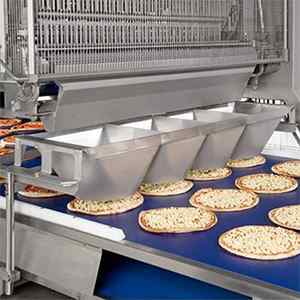Machines Used In Textile Industry

The word "textile" when it comes to your mind reflects on fabric that has been woven. Textile production is no simple task. A global industry making equipment and machines that are essential all over the world. It's not surprising that many products which we use or need are made from fabric, with the help of these machinery. The textile industry is large and has a huge demand, because of its impact on our lives.
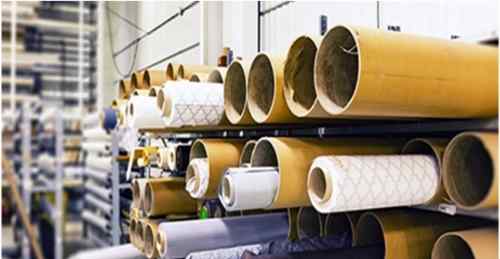
But, have you ever wondered how does an industry produce all of the products we want and need? Well, there are specialized machines to get a finished product. A wide variety of machines are used by the textile industry to sew fabrics and make clothes, carpets and other textile goods. Ranging from massive heavy-duty industrial machines to small consumer-sized sewing machines, these are greatly in size and used by people for their own personal projects, in factories and solely in major textile factories. Every industry have machines separately involving fiber/yarn/ thread production and few for the textile production.
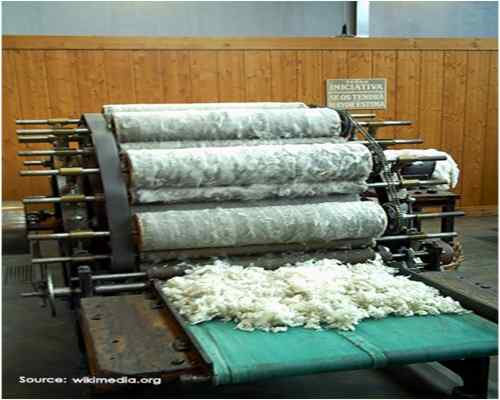
Let's have a look at these machines that are commonly used in the textile industry.
Machines involving fiber/yarn/thread production
• Woolen Mill Machines

Wool as a renewable resource reacts to changes in body temperature. It's active to keep you warm when you are cold and at the same time releases moisture and heat when you are hot. To preserve natural resources for generations to come, the woolgrowers work actively.
These woolen mill machines are used to develop wool into yarn. Unlike synthetics, wool is biodegradable. New blankets and throws can be created with the scrap and used wool which can be recycled.

Winding is done mainly to transfer yarn from one package to another suitable one. To improve quality and remove faults, winding is also necessary for packaging, clearing and inspecting the yarn. These machines are used to wind thread onto spools.
• Bleaching/Dyeing Machines
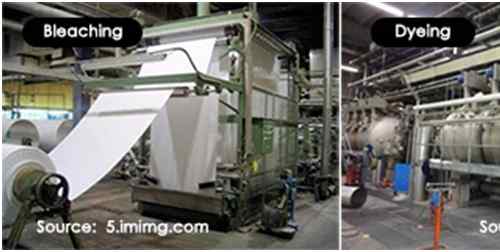
Dyeing is one of the most important part in the textile industry. Based on the demand of the buyer and requirements, various types of fabric coloration are performed in dyeing section. The technique of dyeing is used to obtain an even shade with a fastness appropriate and performance to its final use. A method for coloring a textile material, in which a dye is applied to the substrate in a uniform manner. When colors of different shades are applied to fabric, the principle of dyeing actually works.
In contrast to dyeing, bleaching is applied to remove pigments and natural dyes that are in the fibers. It's nothing but a chemical treatment employed for natural coloring matter from the substrate. Bleaching can be performed on yarn, knitted fabric and woven ones.
• Scutching Machines
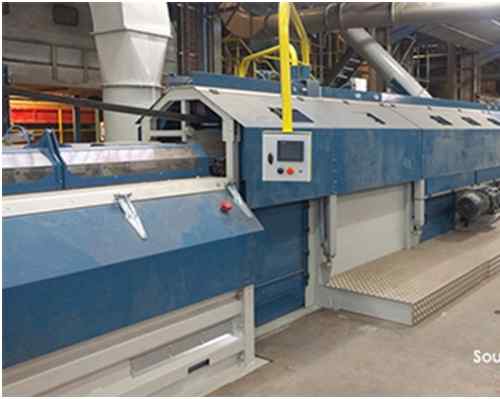
Cotton seeds from the cotton are separated with the help of these scutching machines. Scutching is a step in the processing of cotton in preparation for spinning. The process is usually done by hand or by a machine known as scutcher.
• Carding Machines
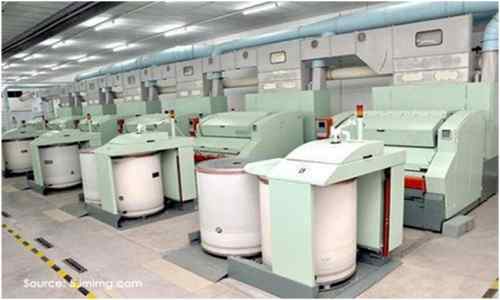
Also known as the heart of spinning, since all the major functions are performed in carding. Fibers are opened to more or less single fibers and the dust and dirt are removed here.
| Also Read: Innovative Horizons: The Role of Textile Machinery in Industrial Automation |
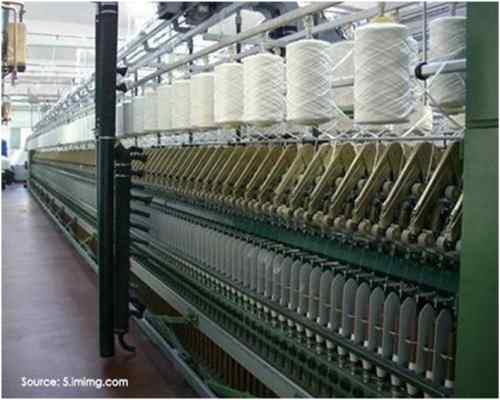
A major part of the textile industry. You have to create the thread through spinning, before a thread can be woven together. Spin substances like cotton are spinned into a piece of thread or yarn with these spinning machines. To create a piece of fabric, the thread or yarn can be knitted or weaved together.
• Yarn Gassing Machines
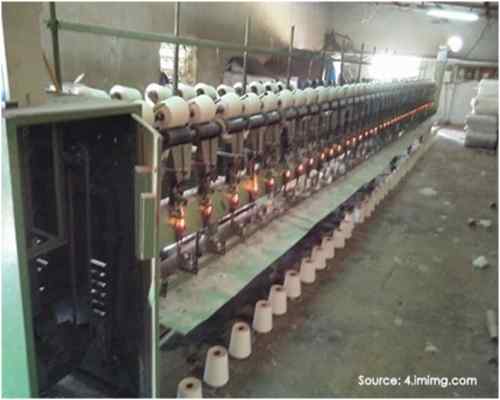
These machines are used in getting rid of the excess fuzz and deepening the color. Also used as a Bunsen burner to heat the yarn.








